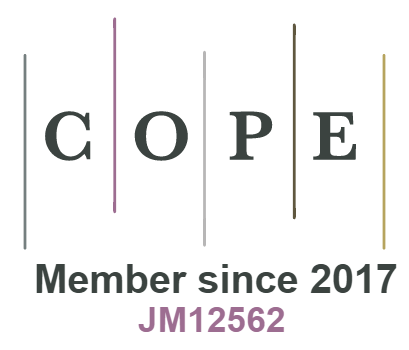A New Method to Measure the Job Satisfaction Level of an Employee
DOI:
https://doi.org/10.18034/ei.v4i1.182Keywords:
Job satisfaction, Satisfaction rank, Satisfaction ratio, Job satisfaction levelAbstract
Job satisfaction can simply be defined as the feelings people have about their jobs. As most people spend a major part of their adult life at work, job satisfaction is an important element of individual wellbeing. Employers always try to maintain high level job satisfactions of their employees to get best services of them, because job satisfaction inspires the workforce to work honestly and efficiently. There are many factors which play vital role in the job satisfaction of an employee. We summarize them by five factors namely payment, supervision, promotion opportunities, environment of the workplace and the work itself. Using these facets, we establish a new method to measure job satisfaction level of an employee in percentage. We illustrate our method with the help of an example.
Downloads
References
Bowling, N.A., Beehr, T.A., Wagner, S.H., & Libkuman, T.M. (2005). Adaptation-Level Theory, Opponent Process Theory, and Dispositions: An Integrated Approach to the Stability of Job Satisfaction. Journal of Applied Psychology, 90(6), 1044-1053
Brayfield, Arthur H., Rothe, Harold F.: An index of job satisfaction, Journal of Applied Psychology, Vol 35(5), Oct 1951, 307-311
Cranny, Smith & Stone, 1992 cited in Weiss, H. M. (2002). Deconstructing job satisfaction: separating evaluations, beliefs and affective experiences. Human Resource Management Review, 12, 173-194, p. 174
Higgins, E.T. (1999b). When do self-discrepancies have specific relations to emotions? The second-generation question of Tangney, Niedenthal, Covert, and Barlow (1998). Journal of Personality and Social Psychology, 77, 1313-1317
J.R. Hackman, G. R. Oldham (1976). “Motivation through design of work”. Organizational behaviour and human performance 16(2): 250-279
Judge, T.A, Locke, E. A, & Durham, C.C. (1997). The dispositional causes of job satisfaction: A core evaluations approach in organizational behavior, 19, 151-188.
Locke, 1976 cited in Brief, A. P., & Weiss, H. M. (2001). Organizational behavior: affect in the workplace. Annual Review of Psychology, 53, 279-307, p. 282
Stahl, Michael J. Encyclopedia of Health Care Management. Sage Publications, Inc., 2004, p. 311
Walster, E.E. Berscheid and G.W. Walster. (1973). “New Directions in Equity Research.” Journal of Personality and Social Psychology. Pp. 151-176.
--0--
Published
Issue
Section
License
Engineering International is an Open Access journal. Authors who publish with this journal agree to the following terms:
- Authors retain copyright and grant the journal the right of first publication with the work simultaneously licensed under a CC BY-NC 4.0 International License that allows others to share the work with an acknowledgment of the work's authorship and initial publication in this journal.
- Authors are able to enter into separate, additional contractual arrangements for the non-exclusive distribution of the journal's published version of their work (e.g., post it to an institutional repository or publish it in a book), with an acknowledgment of its initial publication in this journal. We require authors to inform us of any instances of re-publication.









